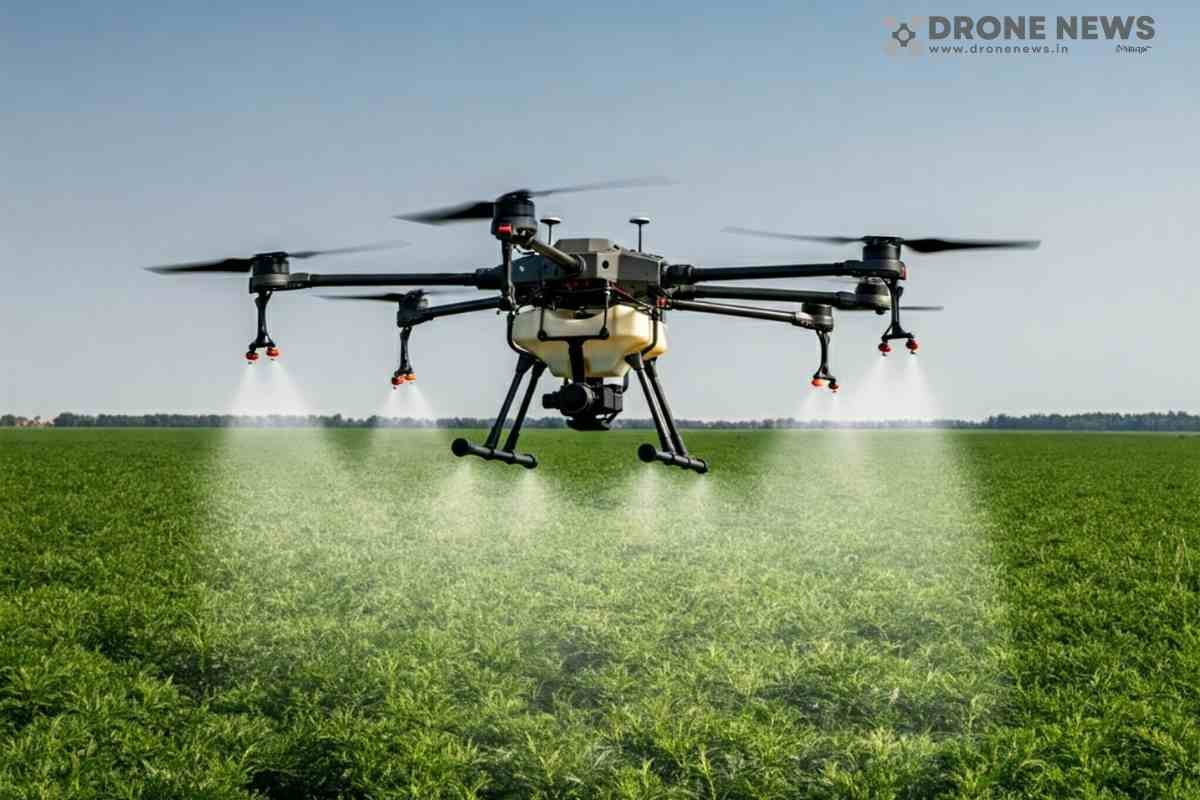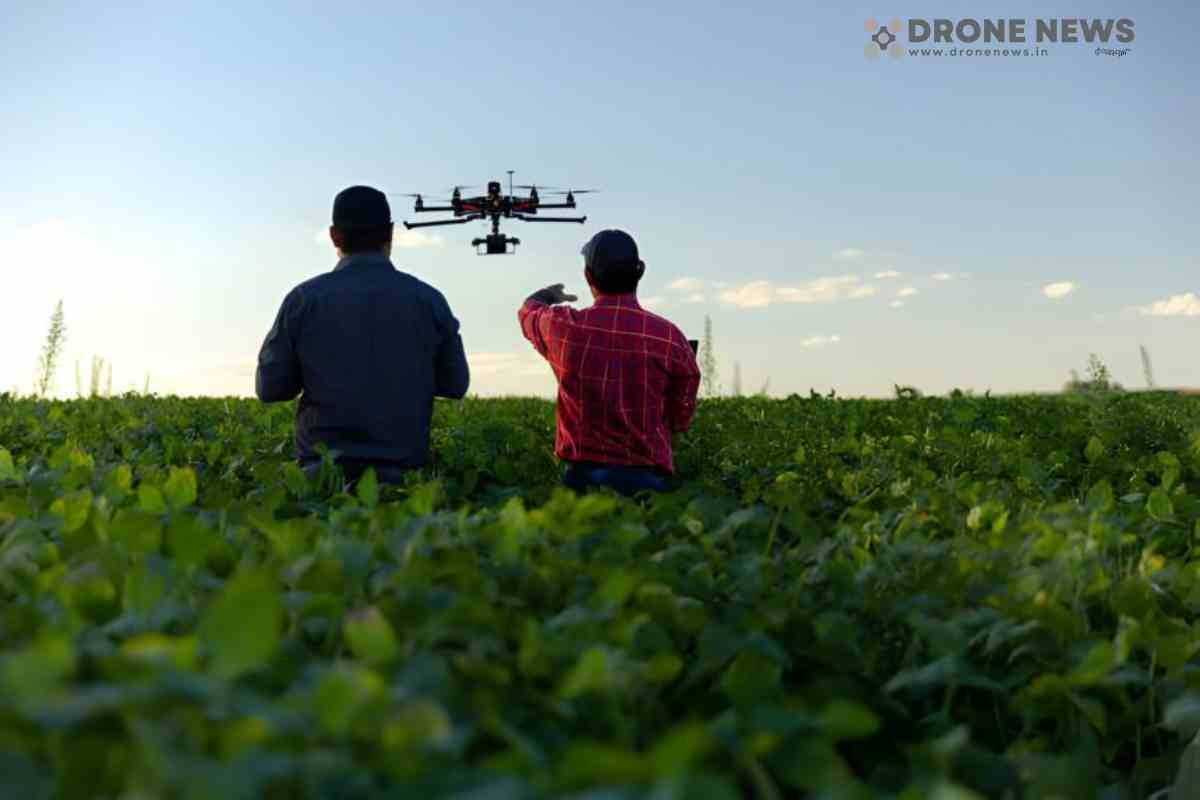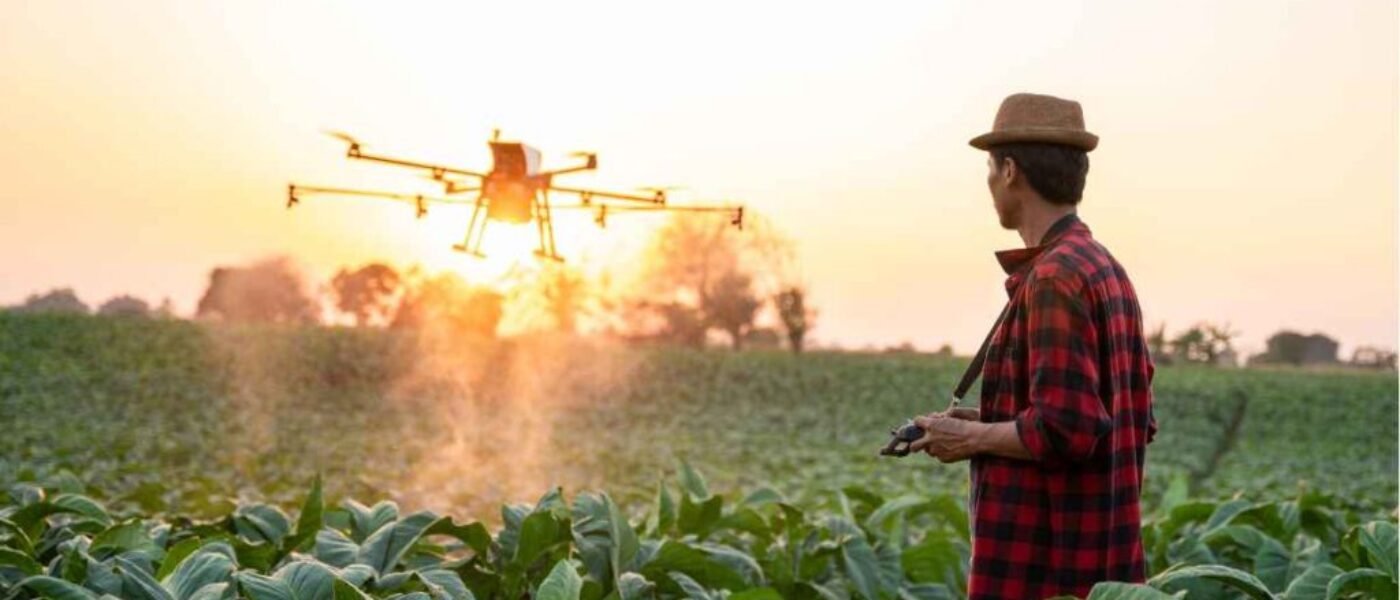Introduction to Agricultural Drones
Agriculture drones have become a fascinating part of modern farming, taking agriculture into the skies with precision and ease. These nifty gadgets provide farmers with a bird’s-eye view of their fields, allowing for real-time crop monitoring and data collection. They play a critical role in precision agriculture by helping farmers optimise crop health through high-resolution imaging and multispectral data, which highlights crucial details like soil conditions and pest infestations. Not just that, drones also save farmers valuable time and money by reducing the need for labour-intensive field inspections. Despite the incredible benefits, operating drones requires a certain level of skill, and they do come with their set of challenges, including costs, regulatory restrictions, and weather dependency.
Advantages of Agricultural Drones

In recent years, agricultural drones have become a game-changer for modern farming practices. Let’s dive into the advantages they bring to the table and why they are becoming an essential part of agriculture.
Crop Health Analysis
Agricultural drones equipped with advanced sensors and imaging technologies provide farmers with invaluable insights into the health of their crops. With the ability to capture high-resolution images and multispectral data, drones can detect plant health issues, such as nutrient deficiencies or diseases, early on. This early detection is crucial as it helps farmers take timely actions to prevent crop losses. By analysing soils and pest infestations from above, farmers can efficiently pinpoint problem areas in their fields, making it easier to target treatments and improve overall crop yield.
Time and Cost Savings
One of the most compelling reasons farmers are investing in drones is their ability to save time and money. Traditional crop monitoring and field inspections are not only labour-intensive but also time-consuming. With drones, farmers can rapidly cover large areas, gathering detailed data in just a fraction of the time it would take a ground-based crew. Moreover, drones allow for precision farming by identifying specific areas in need of care, reducing wasteful application of resources like pesticides and water. This targeted approach not only conserves valuable resources but also significantly cuts down operational costs, enhancing a farm’s profitability.
High-Quality Aerial Imaging and Mapping
Drones excel at providing high-quality aerial imaging, which is crucial for detailed mapping of farmland. With top-notch cameras, some capturing up to 8k video and infrared thermal imaging capability, they offer farmers crystal-clear views of their fields. These detailed maps are invaluable for planning, monitoring, and managing farming operations more efficiently. In addition, they provide real-time, accurate data that assists in creating interactive 3D models to help farmers make informed decisions.
Challenges and Disadvantages
While the advantages of using drones in agriculture are significant, there are also some challenges and drawbacks that cannot be ignored.
Legal and Regulatory Issues
Operating drones in agriculture is not as simple as buying one and setting it to the skies. Farmers must navigate a web of legal and regulatory requirements. For instance, drone operators may need to register their drones with authorities like the Federal Aviation Administration (FAA) or Civil Aviation Authority, depending on where they are located. There are strict operational guidelines, including registration, securing flying permits, and ensuring compliance with airspace restrictions. Failing to adhere to these can result in fines or legal action, adding a layer of complexity and risk to their use.
Operational Skills Requirement
Flying a drone isn’t child’s play, especially when it comes to agricultural purposes. It requires a certain level of expertise, from piloting the drone to interpreting the data collected. This learning curve can be steep, particularly for farmers who are not tech-savvy. Farmer operators must be adept at troubleshooting technical issues and understanding the intricacies of flight path planning and data analysis. For those who lack experience, operating drones can initially offset the convenience and efficiency they promise—something to keep in mind for small-scale farmers considering this technology.
Weather Dependence and Vulnerability
Another important consideration is the weather. Drones are highly dependent on favourable weather conditions. High winds, rain, or fog can not only disrupt the data collection process but pose a risk of losing or damaging the drone itself. This weather vulnerability means that farmers need to plan their drone operations around weather forecasts carefully. Additionally, drones can be targeted by wildlife such as birds, which may perceive them as threats and attack them, risking damage to these valuable devices.
In conclusion, while agricultural drones present a fantastic opportunity for increased efficiency and precision in farming, they also come with their own set of challenges. Balancing the pros and cons is crucial for any farmer considering investing in this technology.
Other Considerations

Cost of Investment
Investing in agricultural drones is no small feat, especially considering the significant financial commitment involved. The cost of agricultural drones can vary wildly depending on their capabilities. Many basic models start at around £300, while more advanced drones equipped with top-notch cameras or sensors may set you back between $10,000 to $20,000. High-performance drones designed specifically for tasks like spraying pesticides or mapping large areas go even higher. Besides the initial purchase price, there’s the ongoing cost of software updates and data processing fees, which can add up over time.
Moreover, if you’re doing more than flying drones on your own land for personal use, you might need a licence. This may involve additional training and certification costs. It’s worth considering a cost-benefit analysis to decide if the investment is justified for your specific farming needs.
Privacy and Safety Concerns
With the bird’s-eye view drones provide, privacy issues inevitably arise. Neighbours may feel uneasy about drones flying over their property, potentially leading to disputes or even legal challenges. Familiarising yourself with local laws and regulations surrounding drone use is crucial, as is respecting others’ privacy to maintain good relationships and avoid conflicts.
Safety is another aspect needing attention. While drones can access hard-to-reach places that might be dangerous for humans, they have their risks. Inexperienced operators might struggle with controlling flight paths, leading to potential accidents. The Civil Aviation Authority requires registration of drones to ensure safety and compliance with regulations. Keeping your drone registered and following the guidelines will help maintain a safe flying environment.
Short Flight Duration and Battery Life
A common issue with many agricultural drones is their limited flight duration, typically ranging between 10 to 25 minutes, with more advanced models offering up to 35 minutes. This short battery life can restrict the area covered in a single flight, especially when handling extensive fields, which might require frequent battery changes or even multiple drones to maximise efficiency.
Adding accessories, like cameras or sprayers, increases the drone’s load, contributing to a decline in battery performance. For larger operations, investing in higher-end drones with longer battery life might be a necessity, despite the added cost.
In conclusion, while agricultural drones offer significant advantages, these considerations highlight important logistical and financial challenges that must be addressed for successful adoption. Balancing the benefits against these potential drawbacks will help you make an informed decision tailored to your agricultural needs.
Conclusion
In conclusion, agricultural drones offer a glimpse into the future of farming, blending cutting-edge technology with traditional agricultural practices. These drones bring a multitude of advantages such as efficient crop monitoring, reduced labour costs, and high-resolution imaging that aids in precision farming. They pave the way for innovative farming techniques by enhancing resource management and operational efficiency, while offering real-time data for better decision-making.
However, these benefits are coupled with certain drawbacks. Drones can be costly investments, requiring both financial and technical resources. They demand a certain level of expertise for effective operation, and adherence to evolving regulations which can prove challenging. Weather conditions also pose a significant risk, impacting drone performance and data reliability. Ultimately, while the potential of agricultural drones is vast, aspiring users must weigh the pros and cons carefully to make informed choices that best fit their farming needs.
By embracing drone technology and understanding its limitations, farmers can revolutionise their operations and move towards a more efficient and sustainable future.
